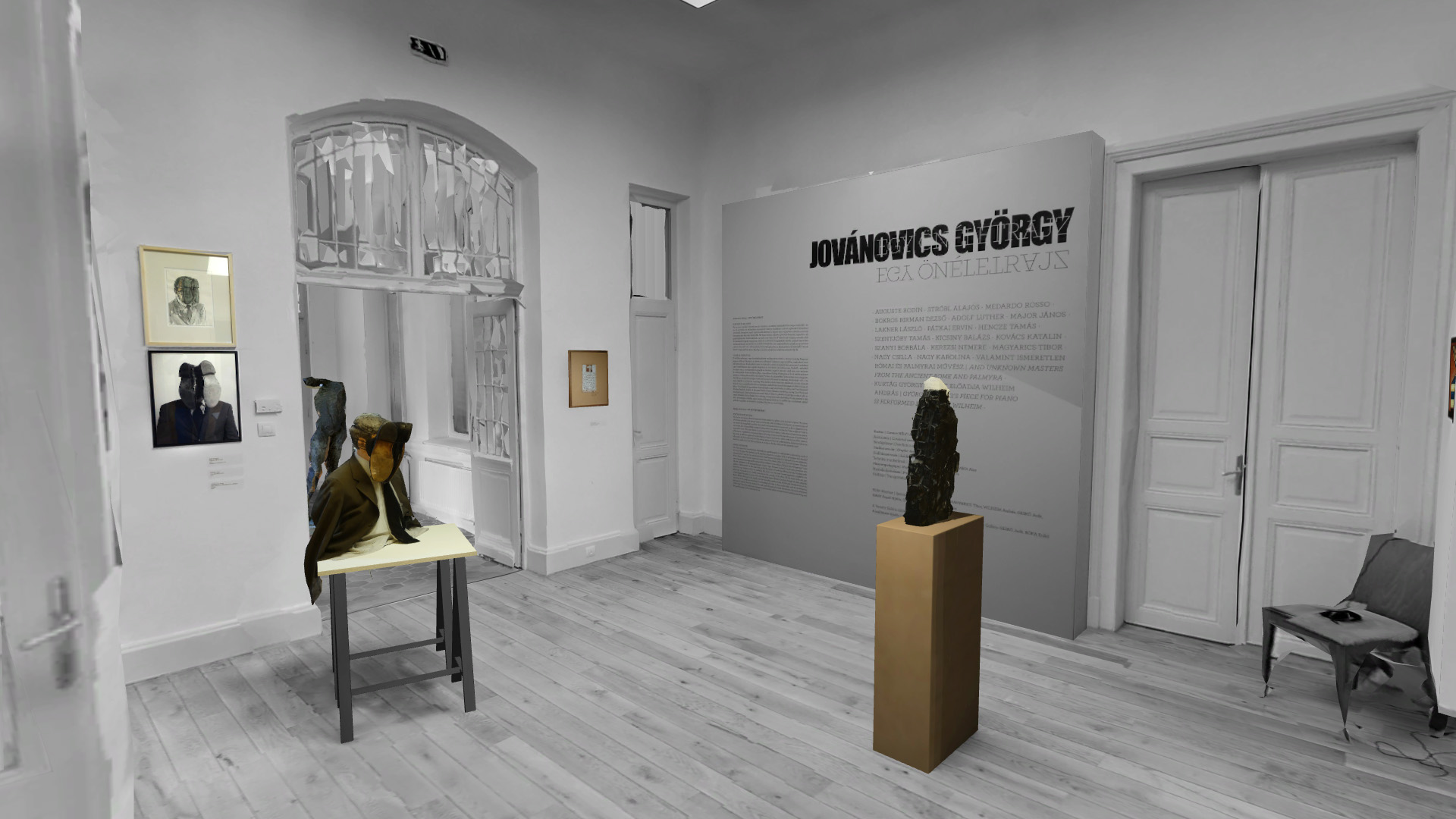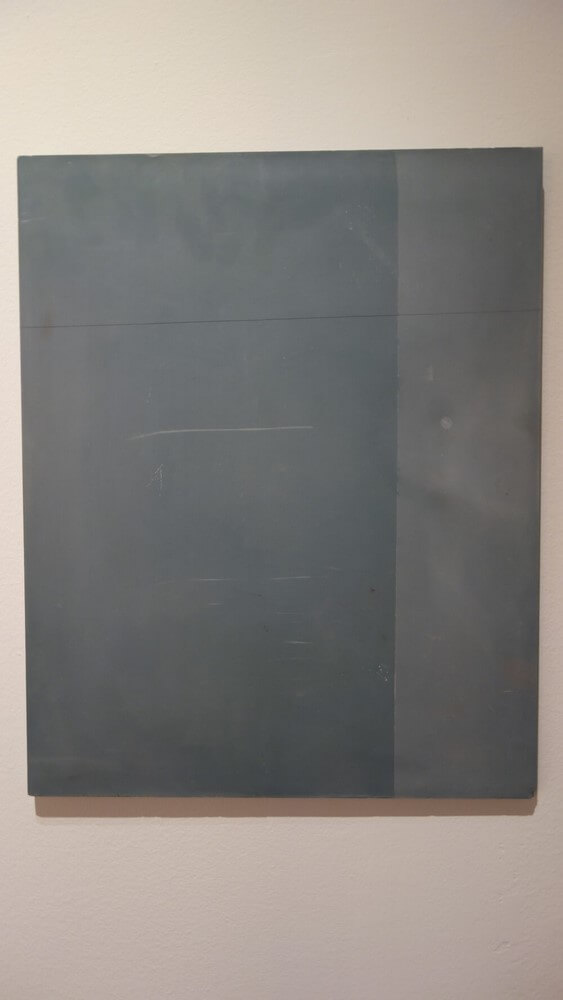Gyorgy Jovanovics – An autobiography
For several decades, György Jovánovics’ ideas have been defined by a deliberation that, although it spans various genres, has always been bound primarily to sculpture, as well as a pedagogical attitude and an intellectual approach. His works, which are part of a system of art references that cover a wide spectrum, often contain philosophical, literary and musical inspirations. The exhibition organized at the Vaszary Villa provides a cross-section of this complex system, starting with early works made in the 1960s and including works composed specifically for the present show.
Artists:
Gyorgy Jovanovics
Available:
March 19, 2016 -
July 17, 2016
About:
Jovánovics’ continually renewing oeuvre is characterized by parallel thematic streams and contextual systems that connect them. In this, self-references and paraphrases play important roles. In his art-historical mesh of references Classical Greek sculptures and the world of Auguste Rodin or Meda...
more >>
Jovánovics’ continually renewing oeuvre is characterized by parallel thematic streams and contextual systems that connect them. In this, self-references and paraphrases play important roles. In his art-historical mesh of references Classical Greek sculptures and the world of Auguste Rodin or Medardo Rosso are equally likely to play a part. While he searches for answers to questions of universal relevance concerning vision and spatial modelling, numerous threads tie him to traditions of Hungarian sculpture, to be more exact to the tradition of picture-architecture. In his works, he elaborates on the structures of László Péri, Lajos Kassák, and Moholy-Nagy, but the art of Dezső Bokros Birman also exerted an influence on him. Works displayed in this exhibition are, in part, on loan from the Museum of Fine Arts and the Hungarian National Gallery. With the aid of classic works of art, a system is presented that is full of references to art history, including (self)reflections on the history of the neo-avant-garde in Hungary. The exhibition, as a paraphrase of the classic Rodin concepts of presentation, places side by side completed works of art, sketches, drawings and photographs that either served as sources of inspiration or are included as independent works of art. Within the exhibition a separate group of works located on the ground floor consists of box-sculptures that have their own inner sources of light. They are Jovánovics’ architectural compositions and house models, which follow their own logic. In his 1970s masterpiece entitled Liza Wiathruck, which is a photo series accompanied by text, Jovánovics examined, among other things, the questions of imagery, vision and sight, as well as the relationship between reality and illusion. In retrospect, this highly complex work is not only a worthy Eastern European counterpart to works built on the combination of photographs and texts created in the West, but is also the foundation of a “visual pedagogy” with philosophical intentions. This concept can be extended to the entire oeuvre. In these terms, the work of his pupils and works done in collaboration between the master and his pupils figure at various points of the exhibition. The exhibition focuses primarily on works that were rarely included in solo and group exhibitions in recent decades or are now being shown to the public for the very first time. József Mélyi






